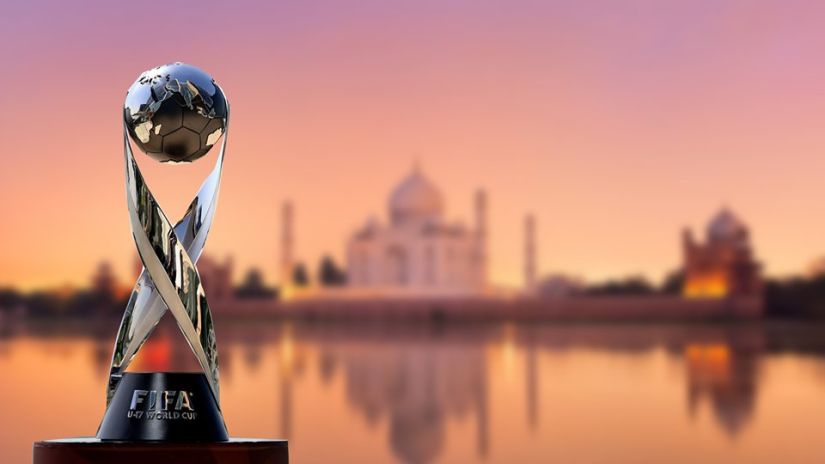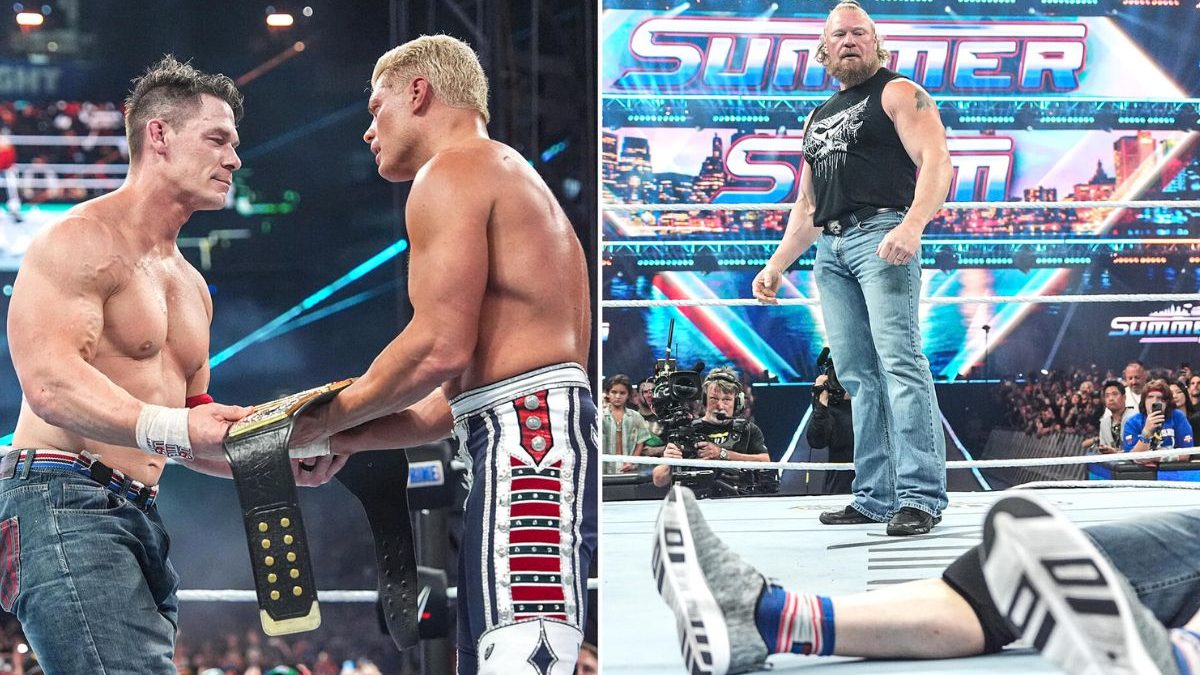For Amarjit Singh Khiyam and the 21-member India U-17 squad, the long wait is over. In April 2015, German Nicolai Adam was appointed as coach. He stressed on the need for foreign exposure. Since then they have travelled to four continents and visited 18 countries. Their last visit was to Mexico in August—September. They have played more than 100 matches and travelled more than 200,000 miles. No team in the history of Indian football has been so well prepared. The All India Football Federation (AIFF) has spent a colossal Rs 15 crore on their preparations, which includes the salaries of Adam and coach Luis de Norton Mattos of Portugal appointed in March 2017. They have overcome psychological barriers of stage fright or being overawed by better built foreign opposition. The creative midfielder from Assam, Komal Thatal became the first Indian to score a goal against mighty Brazil in the BRICs Cup in October 2016. This Indian U-17 team has reached many such landmarks. But more have to be reached when action begins. Their performance can make or mar Indian football’s future. [caption id=“attachment_4111377” align=“alignnone” width=“825”] The U-17 Indian football team pose for an official photograph with the coaches and support staff. Image courtesy: Twitter @IndianFootball [/caption] Most of the players in the squad are from humble backgrounds and have the fire in their belly as success can lead to a professional career and upward special mobility. Football and poverty co-exist not only in Brazil and Africa but also India. Midfielder Abhijit Sarkar’s father pulls a rickshaw in Chinsurah, Bengal. Tall defender Anwar Ali’s father grazes cattle in Punjab and tenacious Jitendra Singh’s father is a watchman in new Alipore, Kolkata. Sanjeev Stalin’s mother sells clothes at a Bangalore footpath. The skipper’s parents sell fish in Imphal and midfielder Jeakson Singh has an ailing father and is dependent on his mother, who sells vegetables in the market. Another midfielder from Manipur Ninthoi lost his father two months ago and lives in a two-room tin-roofed shack. Only goalkeeper Dheeraj Singh and midfielder Suresh Singh and the two recruits from overseas, Sunny Dhaliwal (Canada) and Namit Deshpande (USA) are from middle-class families. As dusk descends on Delhi on Friday 6 October, deep lying midfielder Amarjit will be India’s first World Cup captain in their first match versus USA in the FIFA U-17 World Cup at the Jawaharlal Nehru Stadium, Delhi. The 10 other players, who will walk out proudly in front of the Prime Minister, Narender Modi, the FIFA secretary Fatima Samouri and the president of the AFC Sheikh Salman, will also be the first Indians to play in a World Cup. History will always remember them fondly. But their on-field performances will decide whether India, the sleeping giants of international football, have finally awoken. Many are however unaware that India’s tryst with World Cup destiny should have commenced a little over 67 years ago in the 1950 World Cup in Brazil. India had qualified for the 1950 World Cup and were placed in group III. They would have started their campaign against Paraguay on 25 June, 1950 and their league fixtures would have finished by 3 July. Other teams in the group were Italy and Sweden. The late Padma Shri Sailen Manna would have been the first Indian captain in the World Cup. By a quirk of fate, the last possible living member of the team that could have made it to the 1950 World Cup — legendary dribbler Ahmed Khan — died on 3 September this year at the age of 91 years. There are many reasons for the 1950 World Cup withdrawal. The popular myth is that the All India Football Federation (AIFF) declined as most of the Indian stars played barefoot and it was felt they would be out of depth if as per FIFA rules they would have played with boots. The AIFF was worried that against professional teams, India would lose heavily and it would mar the reputation they earned in the 1948 London Olympics (lost narrowly 1-2 to France). Other factors such as paucity of foreign exchange and the long journey by ship forced India to pull out of this tournament. Another excuse offered was that Indian players were not used to 90-minute football. This was correct as until the 1970s, matches in India’s domestic competitions used to be played over 70 minutes instead of 90, implying that invariably teams would tire towards the end and concede late goals. With some physical training this hurdle could have been crossed. The reality was probably a concatenation of several reasons, boots being just one of them. Also in 1950 the World Cup lacked the glamour and universal appeal that it has nowadays. So the AIFF wanted to concentrate on the Olympic football tournament and forthcoming 1951 Asian Games in Delhi. The Indian players of that era also did not realize the importance of the World Cup and so took no initiative to participate. Due to the gold medals won by the Indian hockey team, they thought the Olympics were the more important event. There was also the needless apprehension that if India took part in the World Cup, then their players would be branded as professionals and prevented from taking part in the Olympics and Asian Games. In those days only amateur sports persons participated in the Olympics. [caption id=“attachment_4111383” align=“alignnone” width=“825”]
 The FIFA U-17 World Cup 2017 trophy. Image courtesy: Twitter [/caption] So hosting the U-17 World Cup is India’s second tryst with destiny and an opportunity that should not be wasted. India are the fifth Asian country after China, Japan, South Korea and UAE to host the U-17 World Cup. The other nations built on the momentum of having hosted a global football event and have all made the senior World Cup finals at least once. Can India emulate them? At present, India are a second-tier nation in Asian football. There were many obstacles. Javier Ceppi, the Local Organising Committee (LOC) tournament director feels some of the obstacles have been overcome. Six world class all-seater stadiums are ready and can transform India’s football destiny. Leading European clubs like Real Madrid, Barcelona, Chelsea, Manchester United and Arsenal can now play in one of the six cities in their pre-season summer tours. These clubs come to Japan, China, Malaysia and Singapore but can now include India as the playing facilities are world class. This could lead to long term TV and merchandising deals. Also the world will realise that many in India are passionate about football. In most of the previous U-17 World Cups, matches were often played in front of crowds of about 10—15,000. At least in Kolkata and Kochi, all matches will have crowds of over 50,000. Even at other venues, large crowds are expected as the tickets have been reasonably priced from Rs 40 to Rs 800. So the image of sports fans in India being just cricket obsessed will be altered forever. Novy Kapadia is the author of the recently released book Barefoot to Boots: The Many Lives of Indian Football, published by Penguin and released in September 2017
The FIFA U-17 World Cup 2017 trophy. Image courtesy: Twitter [/caption] So hosting the U-17 World Cup is India’s second tryst with destiny and an opportunity that should not be wasted. India are the fifth Asian country after China, Japan, South Korea and UAE to host the U-17 World Cup. The other nations built on the momentum of having hosted a global football event and have all made the senior World Cup finals at least once. Can India emulate them? At present, India are a second-tier nation in Asian football. There were many obstacles. Javier Ceppi, the Local Organising Committee (LOC) tournament director feels some of the obstacles have been overcome. Six world class all-seater stadiums are ready and can transform India’s football destiny. Leading European clubs like Real Madrid, Barcelona, Chelsea, Manchester United and Arsenal can now play in one of the six cities in their pre-season summer tours. These clubs come to Japan, China, Malaysia and Singapore but can now include India as the playing facilities are world class. This could lead to long term TV and merchandising deals. Also the world will realise that many in India are passionate about football. In most of the previous U-17 World Cups, matches were often played in front of crowds of about 10—15,000. At least in Kolkata and Kochi, all matches will have crowds of over 50,000. Even at other venues, large crowds are expected as the tickets have been reasonably priced from Rs 40 to Rs 800. So the image of sports fans in India being just cricket obsessed will be altered forever. Novy Kapadia is the author of the recently released book Barefoot to Boots: The Many Lives of Indian Football, published by Penguin and released in September 2017
At present, India are a second-tier nation in Asian football. Six world class all-seater stadiums are ready and can transform India’s football destiny.
Advertisement
End of Article


)




